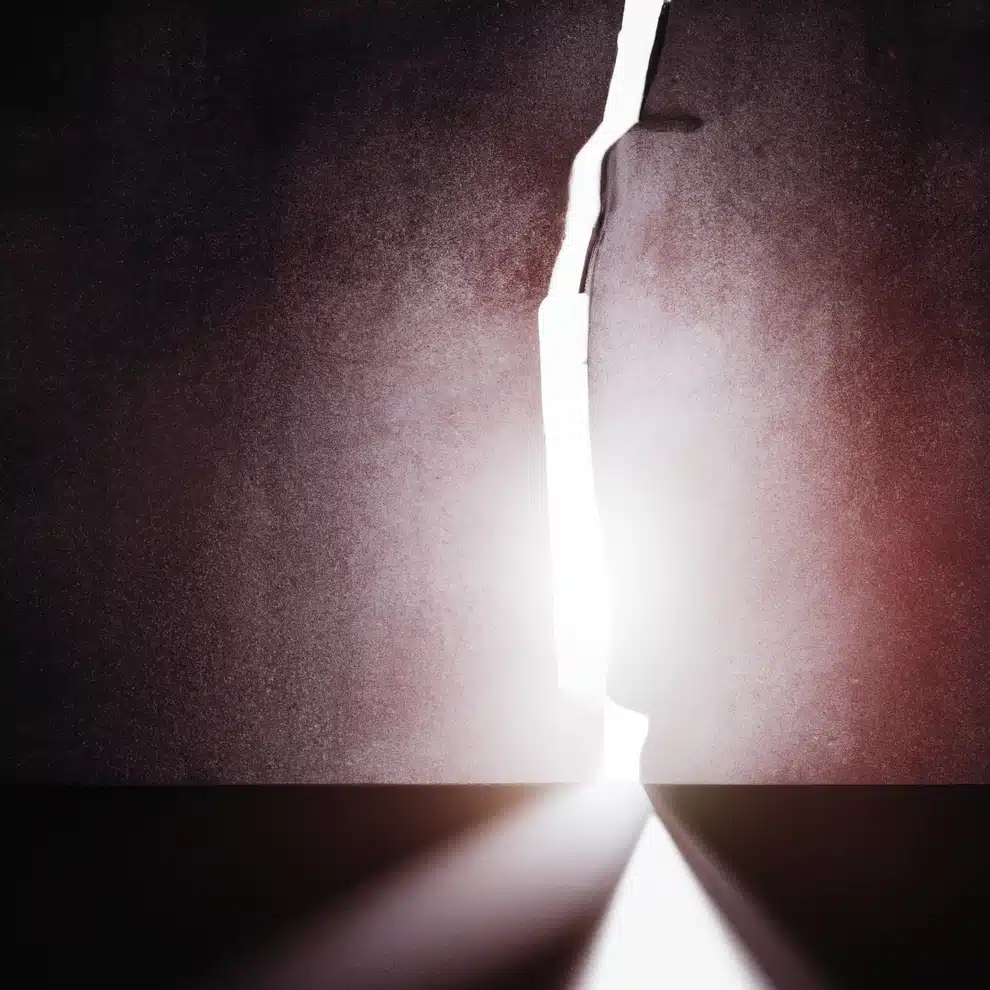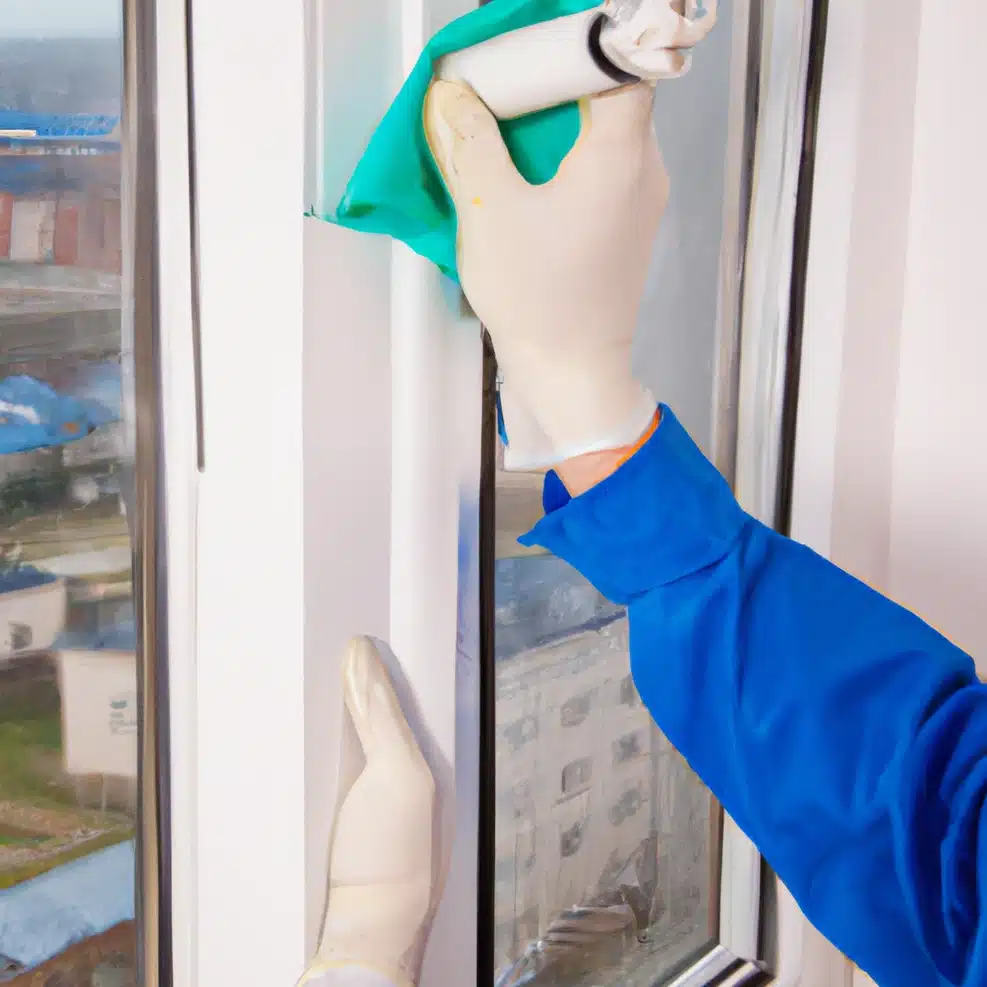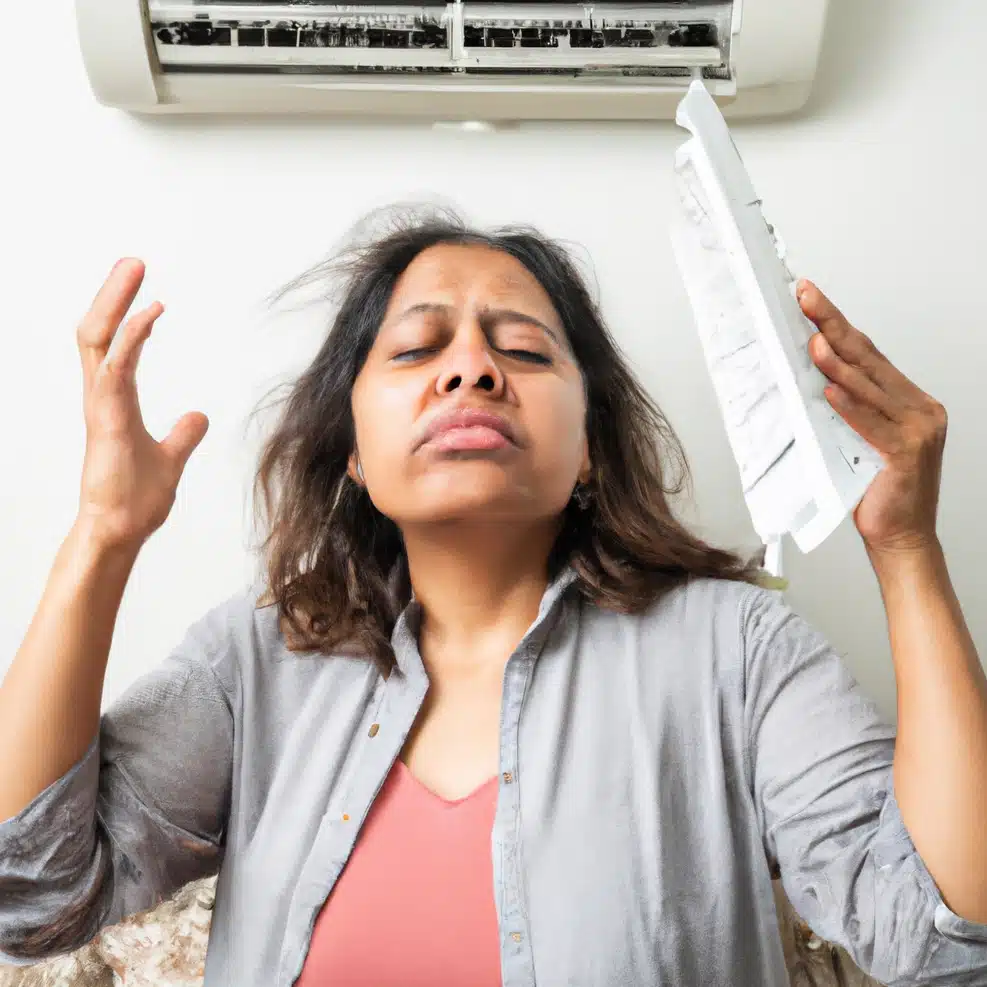How a DIY Home Energy Audit checklist Identify Energy Leaks in Your Home
An excellent technique to find and fix energy leaks in your house is to do an energy audit. In addition to lowering your energy costs, it can also improve your home’s comfort and environmental friendliness. In this post, we’ll walk you through the steps of performing a do-it-yourself home energy audit and advise you on identifying and stopping energy leaks in your house.
A home energy assessment is a great way to find out where your home is losing energy and fix the problem. It can reduce your utility costs and make your house cozier and more environmentally friendly. In this post, we’ll walk you through the steps of doing a DIY domestic energy audit and offer suggestions for identifying and fixing energy leaks in your home.
Air leaks around windows and doors, walls, floors, ceilings, HVAC systems, and bathroom ventilation are frequently the source of energy leaks in homes. There may be holes or fractures around the frames of windows and doors, which permit drafts to enter the house and raise energy costs. Leaks in walls, floors, and ceilings can also cause heat or cold air to escape, making it more challenging to keep the house’s interior at a reasonable temperature. Leaks in the ductwork of HVAC systems are another potential source of efficiency loss and rising energy expenditures. The air loss due to fans and vents in bathrooms is frequently disregarded, which can cause moisture buildup and mold growth. Homeowners may experience health problems as a result. Their energy costs will increase because the fans must run more often to eliminate the humidity.
Checklist for Getting Ready for a DIY Home Energy Audit
Tools and hardware required:
- 12-24 months of utility bills
- a flashlight to inspect areas that are dark and difficult to see
- a ladder for climbing up to higher places
- a plug-in energy meter to track energy use
- Materials for weatherstripping and caulking to stop leaks
- Insulation materials for repairing holes in floors, ceilings, and walls
Safety measures:
Always wear safety gear such as goggles and gloves when dealing with insulation or caulk.
When utilizing a ladder, exercise caution and make sure it is stable and on level ground.
Turn off all power sources before you look at electrical parts like outlets and switch plates.
When inspecting the attic, exercise caution and support yourself appropriately to prevent falling through the ceiling.
See a specialist if you need clarification on any step of the procedure or feel uneasy.
making a note of any concerns you find and ranking them according to their urgency. This list will help you focus on the most critical issues and take care of them one at a time.
How to Spot Energy Air Leaks
Hints for locating drafts in doors and windows
- Holding a lit candle or incense stick close to the margins of the window or door is one of the simplest ways to look for drafts. There is probably a draft if the flame flickers or smoke is drawn near the window or entrance.
- Using a sheet of tissue paper or masking tape is another option to check for drafts. Hold it up to the door or window and watch for movement. There most likely is a draft if the tape or tissue paper moves.
- Examine the weatherstripping on the door or window. Replace the stripping if it is damaged.
Methods for finding leaks in ceilings, floors, and walls
- A thermal imaging camera is one method for searching for leaks in walls, floors, and ceilings. A thermal imaging camera will reveal any places where heat is escaping from the house.
- Another technique to make sure is to check for light coming from the walls, floors, and ceilings after shutting off all the lights and appliances in the room and closing all the doors and windows.
- By feeling for cold patches on the walls, floors, and ceilings, you may also check for leaks.
How to check for HVAC system leaks
- Look for any gaps or unconnected areas in the ducting. As a result, efficiency may suffer, and energy expenditures may rise.
- Make sure the seals around the HVAC unit are tight and undamaged by inspecting them.
- Make sure the air filters are clean and unobstructed by debris by inspecting them.
- Make sure the ductwork’s insulation is in good shape by inspecting it.
It is crucial to remember that it can be challenging to identify all energy leaks at once, making it a good idea to do the audit in stages. By conducting routine energy audits, you might find new leaks that have developed over time.
DIY energy leak repairs or increased energy efficiency
Simple and affordable methods for stopping draft
The homeowner can use caulk to fill in cracks and gaps around windows and doors, stopping drafts from getting inside the house.
Weatherstripping can seal gaps around the edges of windows and doors. Additionally, this will stop drafts and raise the house’s overall energy efficiency.
Place draft stoppers on the bottom of the doors to prevent drafts from entering the house.
How to insulate walls, floors, and ceilings effectively:
Fill voids and holes in walls, floors, and ceilings with insulation. Full gaps prevent heat from entering the house in the summer and keep it there in the winter.
Based on the climate and the style of construction of your home, choose suitable insulation.
Make sure the insulation is fitted correctly for maximum effectiveness.
Simple and affordable ways to insulate HVAC systems:
To stop heat loss and improve the effectiveness of your HVAC system, insulate the ducting. By using insulating material to wrap the ducts or insulating sleeves.
Make sure the seals around the HVAC unit are tight and undamaged by inspecting them. If broken, fill any holes with duct tape or sealant.
Make sure the air filters are clean and unobstructed by debris by inspecting them. Dirty air filters can make your HVAC system less effective.
Advice for Insulating HVAC Systems Properly
Utilize insulation suitable for your HVAC system, considering the environment and the duct type.
Make sure the insulation is fitted correctly for maximum effectiveness.
To ensure the correct operation of the HVAC unit, keep the area surrounding it clear.
Covering the HVAC unit with an insulating blanket could help seal air leaks and improve the R-value.
Tips for maintaining HVAC systems:
To keep the HVAC system operating well, change the air filters frequently.
Every year, schedule a tune-up for your HVAC system to ensure it runs at its best.
It’s crucial to remember that insulating your HVAC system can be a difficult task, so it’s best to go through it step by step. Put the most important areas first and focus on them initially. Keep track of your progress to observe the difference in your energy expenses and home comfort. DIY insulation of your HVAC system is a good idea because it can save you money in the long run.
Analyzing the Impact of Do-It-Yourself Energy Insulation
The homeowner can use the following DIY tracking methods to compare your home’s energy efficiency before and after the audit:
- Utilizing a plug-in energy monitor is one approach to assessing your home’s energy efficiency. Thanks to this, you’ll be able to see how much energy your house is utilizing at any one time.
- Conducting a home energy audit is another option to assess the energy efficiency of your house. Home energy will give you a full report on how much energy your home uses and how you can improve it.
- To determine how much you’ve saved on energy expenditures, you can also compare your energy bills before and after the audit.
Follow these guidelines to keep an eye on your energy usage and spot possibilities for improvement:
- Check your energy bills frequently to look for any odd surges in energy consumption.
- Use a smart thermostat to monitor and manage your energy consumption.
- Throughout the day, keep track of your energy use so you can spot trends and adapt as necessary.
- Keep an eye on your home’s temperature and humidity levels because they can impact how much energy you use.
- Utilize programmable thermostats and timers to manage your energy use while you’re away from home.
Using the results of your energy audit, you can figure out how the changes you made affected your home’s energy efficiency and plan the next steps you’ll take to improve it even more. You can keep lowering your energy costs, making your home more comfortable, and helping the environment if you carefully track how much energy you use and look for ways to improve.
The DIY home energy audit’s conclusion
You may find energy leaks in your house and fix them by performing a DIY home energy audit. Finding and fixing these leaks will help you save money on energy costs and improve the comfort of your house. By regularly conducting energy audits, you can monitor your home’s energy usage and find any new leaks that may have appeared over time.
Regular DIY home energy audits provide several advantages, including less energy costs, increased comfort, and more sustainable living. By getting a home energy audit, you can reduce your energy use and help build a more sustainable future.
But you should get help from a professional if you have questions about any part of the process or don’t feel comfortable doing the audit independently. A professional energy audit will offer more testing, recommendations, and guidance to help make your house as energy-efficient as possible. Also, skilled energy inspectors can find leaks using professional testing equipment that you might have missed and fix them.
In conclusion, a DIY home energy audit is a quick and easy way to save money on energy costs, make your home more comfortable, and help the environment. Using the tips and strategies in this article, you can take charge of your home’s energy use and cut it down by a lot.



